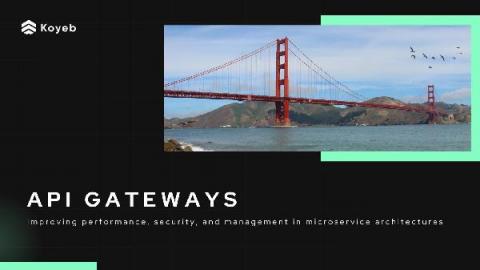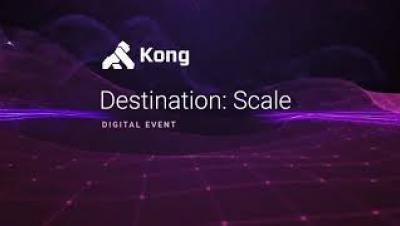Telecommunications and the Hybrid Data Cloud
As the inexorable drive to cloud continues, telecommunications service providers (CSPs) around the world – often laggards in adopting disruptive technologies – are embracing virtualization. Not only that, but service providers have been deploying their own clouds, some developing IaaS offerings, and partnering with cloud native content providers like Netflix and Spotify to enhance core telco bundles.










